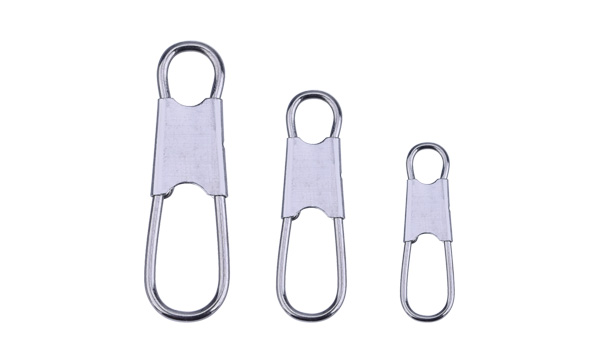

The composition of fishing tackle Fishing tackle is abb […]
The composition of fishing tackle Fishing tackle is abbreviated as fishing tackle. Anyone who likes fishing should know about fishing tackle, but here I want to introduce the various components of fishing tackle in detail. Usually composed of fishing rods, fishing lines, hooks, sinkers, floats, baits, fishing lines, etc. Some are also equipped with floats, sinkers, fishing rods or other accessories.
1. Fishing rods, such as fiberglass rods, carbon rods, and fishing rods made of a mixture of glass fiber and carbon fiber. These fishing rods are characterized by light weight, good elasticity, great toughness, bending resistance, strong water resistance, not afraid of moths, easy operation, and exquisite and beautiful appearance. In addition, there are adjustable fishing rod holders, which are very popular among anglers. There are three types of fishing rods: hand rod, sea rod, and hand-sea dual-purpose rod. The pole above 6 meters is the long pole; the pole below 2.5 meters is the short pole; and the pole between the two is the medium long pole. The long rod can be cast from a long distance, which is conducive to putting a long line to catch big fish. It is suitable for those who are strong and strong. The short rod is flexible in operation and light to carry. It is a suitable fishing gear for fishing near water or fish ponds, especially suitable for elderly fishing friends. The medium-long rod has the characteristics of both long and short rods. It has a wide fishing range and is suitable for old, middle-aged and young fishing friends.
2. The thickness of the fishing line, the size of the pulling force, the degree of transparency and the quality of dyeing will directly affect the bait rate. Currently commercially available fishing lines are mostly monofilament nylon lines. According to fishing needs, it is mainly divided into two types: nylon line. Including monofilament nylon thread, multi-strand nylon thread. The nylon thread is soft in texture, resistant to pressure and impact, abrasion and cold. However, the wire diameter is relatively thick, opaque, poor in concealment, and low tensile strength. Except for a few anglers who use it for winter fishing, they usually use it to make cables, fish cages, dip nets and fish protection. Natural fiber fishing line includes silk thread and cotton thread, which is soft and resistant to low temperature, and is suitable for winter fishing.

3. The hook is the part that is tied to the fishing line to act as a barb. It is divided into two types: barbed structure and non-barb structure. A hook with a barbed structure and an inward-pointed hook is more reliable for hooking, which can reduce the chances of bait peeling off and fish escape; while a hook without a barbed structure and outward-facing hook is suitable for fishing because it is easy to load and unhook. There are many catches and frequent fishing occasions.
4. The main function of the fish sinker is to drive the bait hook to long-distance by the angler's throwing power, and fix it in a certain depth of the water to be caught. The main varieties are sea pole sinker, hand pole sinker and throwing mound method heavy sinker.
5. Fishing floats are the eyes and ears of anglers. Different fish species have different dynamic responses when they bite the hook, which provides information for anglers to take corresponding measures. At the same time, with the buoyancy of the float, it can ascertain the depth of the water and the general situation of the underwater topography. It is also an assistant in choosing a fishing position. The main varieties are straight float, round float, centipede float and fluorescent float. You can choose according to your own eyesight, the length of the fishing rod, etc.